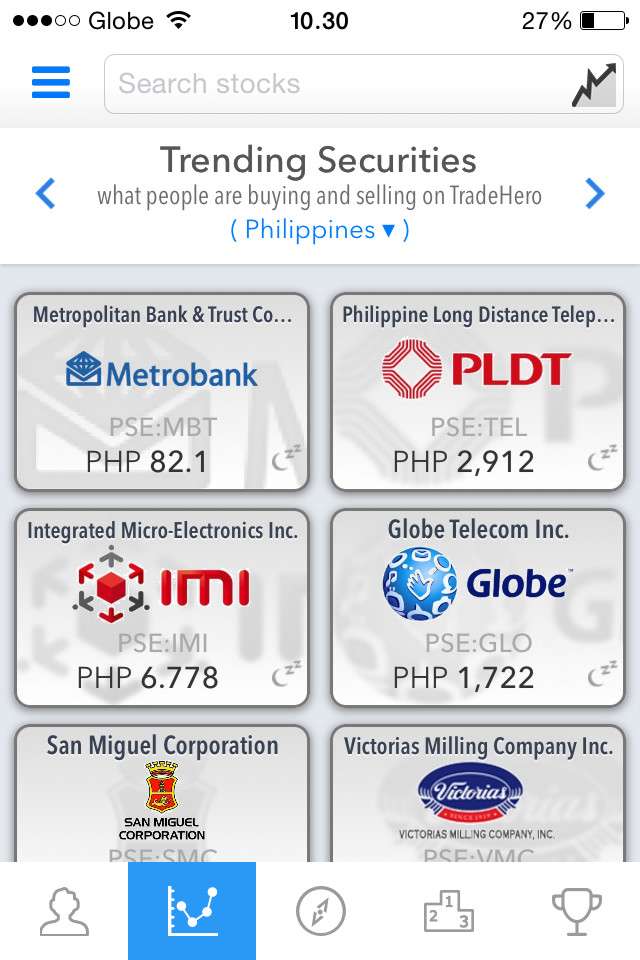
When weighing the benefits of yield farming, investors often ask: Should I invest or not in DeFi? There are several reasons to do so. One reason to do so is the possibility of yield farming generating significant profits. Early adopters can expect to earn high token rewards that shoot up in value. This allows them to make a profit by selling token rewards and then reinvest the earnings, which will allow them to reap more income. Yield farming is a well-proven investment strategy that can produce significantly more interest over conventional banks. However, there are some risks. DeFi, which is subject to volatility in interest rates, is a less risky place to invest.
Investing into yield farming
Yield Farming is an investment strategy that allows investors to earn token rewards for a portion their investments. These tokens can quickly increase in value and can be resold or reinvested for a profit. Yield Farming might offer higher returns that conventional investments, but it also comes with high risks such as Slippage. In times of high volatility, an annual percentage rates is not always accurate.
You can check the Yield Farming project's performance on the DeFi PulSE website. This index reflects the total value of cryptocurrencies locked in DeFi lending platforms. It also represents DeFi's total liquidity. Investors often use the TVL Index to analyze Yield Farming investments. This index can also be found on DEFI PULSE. This index's growth indicates investors are optimistic about this type of project.
Yield farming is an investment strategy that uses decentralized platforms to provide liquidity to projects. Yield farming lets investors make a substantial amount of cryptocurrency with idle tokens, which is different from traditional banks. This strategy relies on decentralized exchanges and smart contracts, which allow investors to automate financial agreements between two parties. Investors can earn transaction fees, governance tokens and interest by investing in yield farms.

Finding the right platform
It may seem simple, but yield farming isn't as easy as it seems. There are many risks involved in yield farming, including the possibility of losing collateral. Many DeFi protocols are created by small teams and have limited budgets. This increases the risk that bugs will be found in smart contracts. There are several ways to reduce the risk of yield-farming by selecting a suitable platform.
Yield farming, a DeFi application that allows digital assets to be borrowed and lent through smart contracts, is also known as DeFi. These platforms are decentralized financial institutions which offer trustless opportunities to crypto holders. They can lend their holdings out to others via smart contracts. Each DeFi application has its own unique characteristics and functionality. These differences will impact how yield farming is done. In other words, each platform has different lending and borrowing rules.
Once you've chosen the right platform for you, you can reap the rewards. A successful yield farming strategy involves adding your funds to a liquidity pool. This is a system that uses smart contracts to power a marketplace. This type of platform allows users to lend or exchange tokens for fees. Users are paid for lending their tokens. If you are looking for an easy way to get started with yield farming, you might consider a smaller platform that lets you invest in a wider range of assets.
A metric to assess the health and performance of a platform
The success of the industry depends on the identification of a metric to measure the health of a yield-farming platform. Yield farming is the process by which you can earn rewards from cryptocurrency holdings. This process is similar to staking. Yield farming platforms work with liquidity providers, who add funds to liquidity pools. Liquidity providers get a reward for providing liquidity. This is usually through platform fees.

A metric that can determine the health of a yield farming platform is liquidity. Yield farming is a form of liquidity mining, which operates on an automated market maker model. In addition to cryptocurrencies, yield farming platforms also offer tokens that are pegged to USD or another stablecoin. The value of funds provided by liquidity providers and the rules that govern trading costs are the basis for the rewards.
Identifying a metric to measure a yield farming platform is a crucial step in making a sound investment decision. Yield farming platforms are highly volatile and are prone to market fluctuations. However, yield farming can mitigate these risks because it is a form staking. Users must stake cryptocurrencies in exchange for a fixed amount. The risks associated with yield farming platforms make it a risky option for lenders and borrowers alike.
FAQ
What is Cryptocurrency Wallet?
A wallet is an application, or website that lets you store your coins. There are several types of wallets available: desktop, mobile and paper. A secure wallet must be easy-to-use. You need to make sure that you keep your private keys safe. All your coins are lost forever if you lose them.
Are there regulations on cryptocurrency exchanges?
Yes, regulations exist for cryptocurrency exchanges. Although licensing is required for most countries, it varies by country. A license is required if you reside in the United States of America, Canada, Japan China, South Korea or Singapore.
What will Dogecoin look like in five years?
Dogecoin has been around since 2013, but its popularity is declining. Dogecoin is still around today, but its popularity has waned since 2013. We believe that Dogecoin will remain a novelty and not a serious contender in five years.
Is it possible for you to get free bitcoins?
The price of the stock fluctuates daily so it is worth considering investing more when the price rises.
PayPal allows you to buy crypto
No, you cannot purchase crypto with PayPal or credit cards. You have many options for acquiring digital currencies.
How does Blockchain work?
Blockchain technology is decentralized. This means that no single person can control it. It works by creating an open ledger of all transactions that are made in a specific currency. The blockchain records every transaction that someone sends. If someone tries later to change the records, everyone knows immediately.
Statistics
- Ethereum estimates its energy usage will decrease by 99.95% once it closes “the final chapter of proof of work on Ethereum.” (forbes.com)
- For example, you may have to pay 5% of the transaction amount when you make a cash advance. (forbes.com)
- In February 2021,SQ).the firm disclosed that Bitcoin made up around 5% of the cash on its balance sheet. (forbes.com)
- While the original crypto is down by 35% year to date, Bitcoin has seen an appreciation of more than 1,000% over the past five years. (forbes.com)
- Something that drops by 50% is not suitable for anything but speculation.” (forbes.com)
External Links
How To
How Can You Mine Cryptocurrency?
The first blockchains were used solely for recording Bitcoin transactions; however, many other cryptocurrencies exist today, such as Ethereum, Litecoin, Ripple, Dogecoin, Monero, Dash, Zcash, etc. Mining is required to secure these blockchains and add new coins into circulation.
Proof-of Work is the method used to mine. In this method, miners compete against each other to solve cryptographic puzzles. Miners who find the solution are rewarded by newlyminted coins.
This guide explains how you can mine different types of cryptocurrency, including bitcoin, Ethereum, litecoin, dogecoin, dash, monero, zcash, ripple, etc.